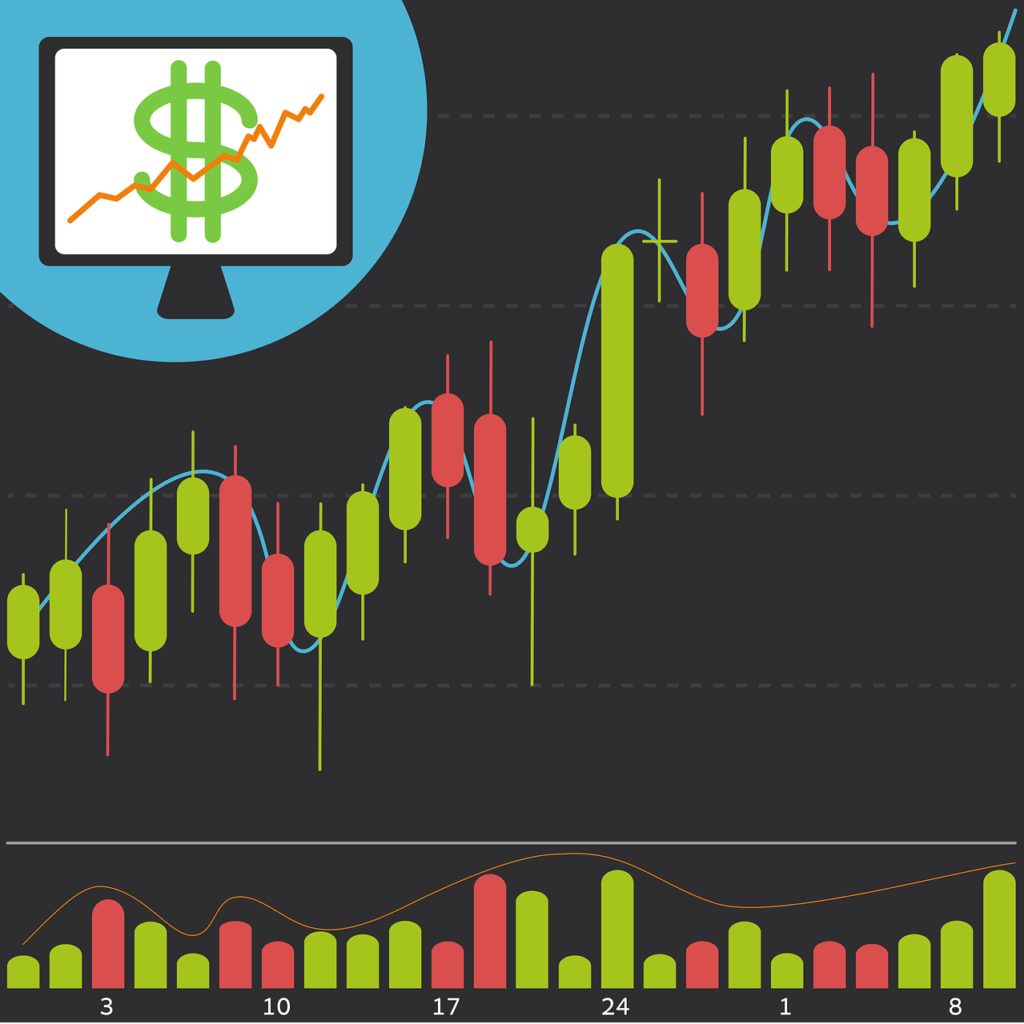Japanese Candlesticks: Illuminating Insights into Market Trends – The realm of financial markets is adorned with various analytical tools, and among them, Japanese candlesticks hold a distinct place. These visual representations of price movements offer insights into market psychology and trends.

Anatomy of Japanese Candlesticks
Understanding the structure of a candlestick is fundamental. It comprises four main parts: the open, close, high, and low prices within a specific time frame. Each candlestick tells a story, depicting market sentiment during that period.
Types of Candlestick Patterns
Candlestick patterns are categorized into bullish, bearish, reversal, and continuation patterns. These patterns convey crucial information about potential shifts in market direction.
The Importance of Japanese Candlesticks in Trading
The significance lies in their ability to reveal market sentiments and aid in predicting future price movements. They provide traders with a holistic view, aiding in informed decision-making.
Common Candlestick Patterns
Patterns like the Doji, Hammer, and Engulfing patterns are frequently observed and indicate potential market changes.
Candlestick Charts and Analysis
Interpreting candlestick charts involves recognizing patterns and implementing strategies based on these visual cues. It’s a skill that enhances trading precision.
Advanced Candlestick Patterns
Patterns like the Three-line strike, Evening star, and Morning star are more complex and signify substantial market shifts.
Benefits of Using Japanese Candlesticks
Their visual nature simplifies the comprehension of market data, empowering traders to make well-informed decisions swiftly.
Best Practices for Using Japanese Candlesticks
Effective utilization involves combining them with other technical analysis tools and managing associated risks.
Examples and Case Studies
Real-world instances elucidate the impact of candlestick patterns on trading decisions, showcasing their relevance.
Evolution of Candlestick Patterns
These patterns have evolved, adapting to modern trading environments and influencing algorithmic trading strategies.
Common Mistakes in Interpreting Candlestick Patterns
Overreliance on specific patterns or disregarding broader market contexts can lead to erroneous conclusions.
Tips for Beginners in Learning Candlestick Patterns
For beginners, starting with the basics and consistent practice are keys to mastering this analytical tool.
The Future of Japanese Candlesticks
Their potential developments and integration with advancing technologies hint at a promising future.
Conclusion
Japanese candlesticks serve as an illuminating guide in the intricate world of trading, offering insights into market psychology and trends. Mastering their interpretation empowers traders to navigate the markets with enhanced precision and confidence.
FAQs
- Are Japanese candlesticks suitable for all types of trading?
- Candlestick patterns can be applied across various markets and timeframes, making them versatile for different trading styles.
- How reliable are candlestick patterns in predicting market movements?
- While they provide valuable insights, they’re not foolproof. Traders often use them in conjunction with other analysis tools for more accurate predictions.
- Is it essential to memorize all candlestick patterns?
- Familiarity with common patterns is beneficial, but understanding their underlying principles and market context is more crucial.
- Can candlestick patterns be automated in trading algorithms?
- Yes, many trading algorithms incorporate candlestick pattern recognition, but human interpretation and context remain pivotal.
- Are there any risks associated with relying solely on candlestick patterns?
- Overreliance on specific patterns without considering broader market conditions can lead to inaccurate predictions and trading losses.




